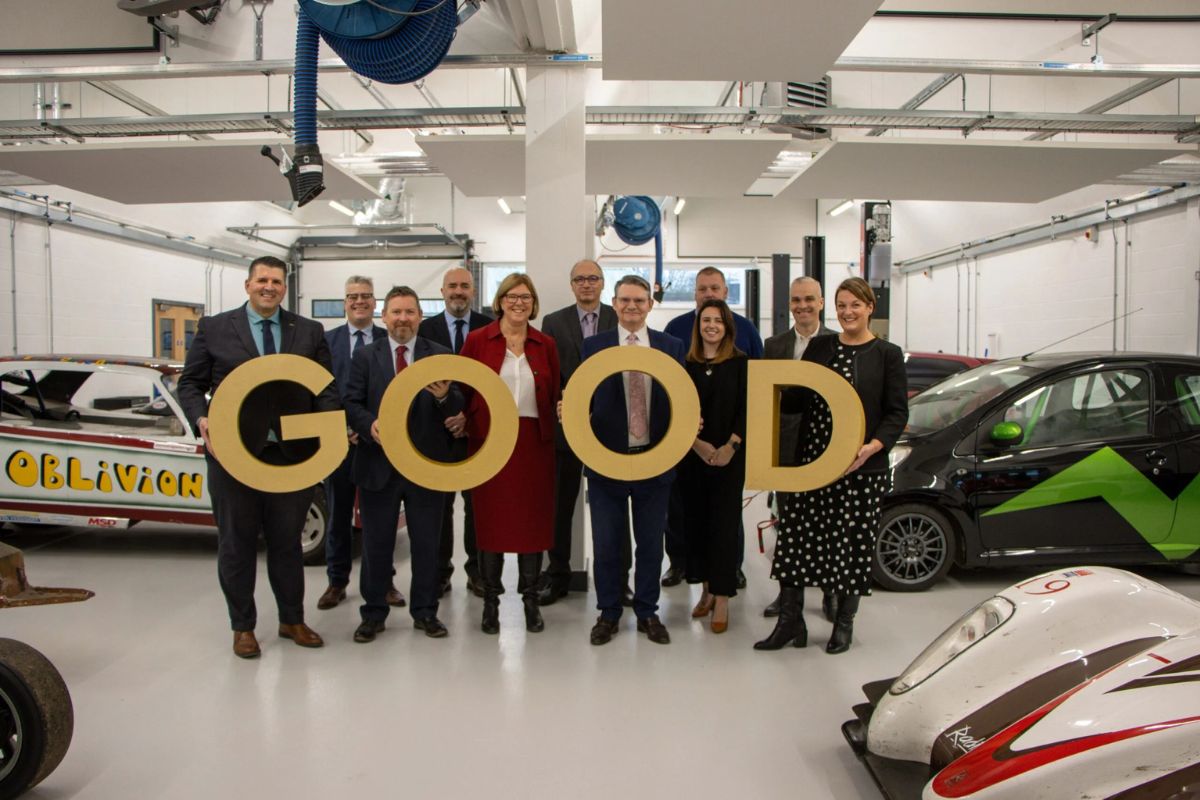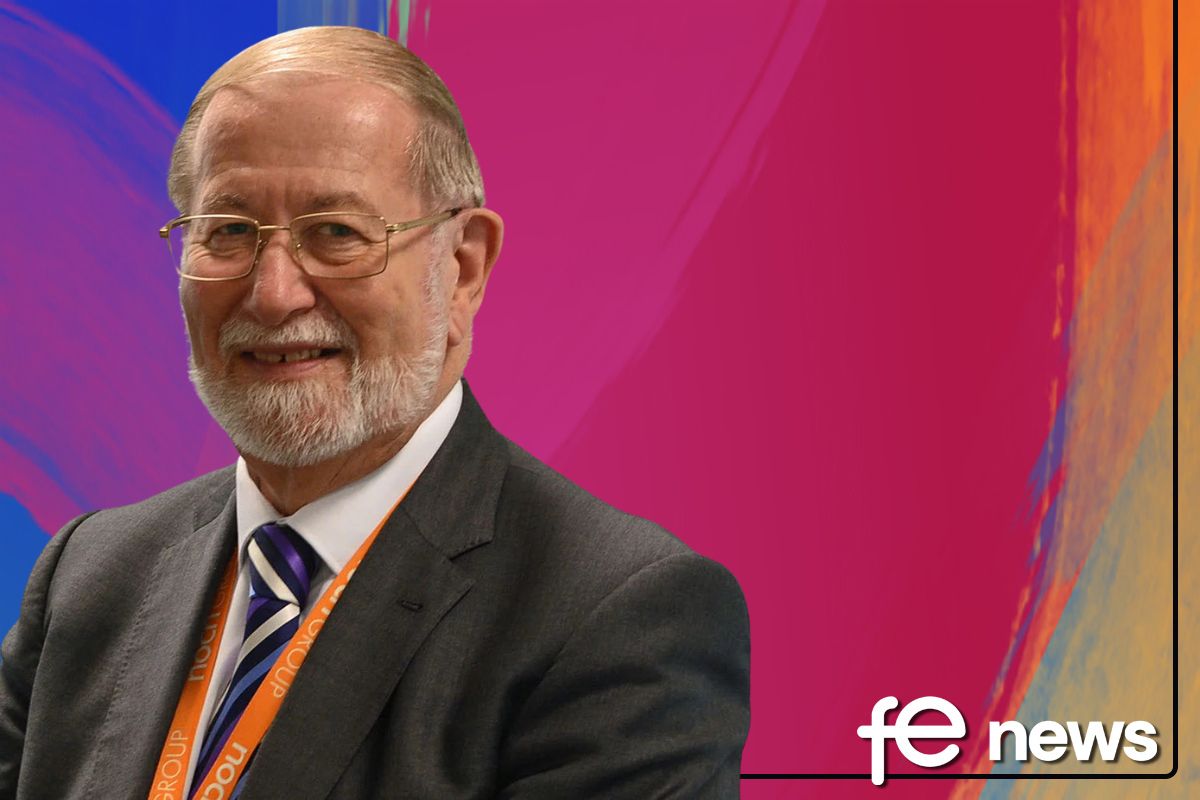New facility at Cranfield University to make UK a global leader in sustainable digital aviation

A new facility at Cranfield University (@CranfieldUni) is set to make the UK a global leader in digital aviation research. The Digital Aviation Research and Technology Centre (DARTeC) was officially opened today by Kwasi Kwarteng, Business Secretary.
Delighted to open the new £67 MILLION Digital Aviation Research & Technology Centre at @CranfieldUni today✈️
The cutting-edge research & development facility will help the sector deploy new innovations and pave the way to a greener, safer + competitive future pic.twitter.com/8fCz8llObi
— Kwasi Kwarteng (@KwasiKwarteng) July 15, 2021
Researchers at DARTeC are already working with industry partners to advance the application of digital technologies in the air transport sector. Projects are underway to drive forward innovations in digital airspace and airport infrastructure that will help the UK reach its target of net zero carbon emissions and support industry to bounce back stronger from COVID-19.
DARTeC aims to address some of the main research challenges facing the aviation industry, including:
- the integration of drones into civilian airspace;
- increasing the efficiency of airports through technological advances;
- creating safe, secure shared airspace through secure data communication infrastructures;
- increasing the reliability and availability of aircraft utilising self-sensing/aware and self-healing/repair technologies.
The £67 million world-leading facility is located next to Cranfield’s airport and consists of a central building with digital aviation research laboratories and collaborative open plan office space where staff, students and partners work together, and a partially covered ‘hangar laboratory’ connected to Cranfield’s 737-400 aircraft through an airport-style air bridge.
Professor Graham Braithwaite, Project Lead and Director of Transport Systems at Cranfield, said: “I’d like to thank everyone involved in realising our vision to create this state-of-the-art facility, including colleagues at Cranfield, our industry partners and Research England. DARTeC is already playing a pivotal role in helping to define and develop the aircraft, airports, airlines and airspace management systems of the future, illustrating what is possible through the power of partnership and collaboration.”
Kwasi Kwarteng, Secretary of State for Business, Energy and Industrial Strategy, said:
“This exciting new facility hails the dawn of a new era in our plan to deploy new technologies to cut emissions from aviation, paving the way for the sector to move towards a more efficient, greener and safer future.
“Backed by government funding, Cranfield University is helping to strengthen the UK’s competitive advantage in the rapidly emerging market in sustainable aviation, helping us achieve our net zero ambitions and strengthening our economy for future generations.”
Professor Sir Peter Gregson, Chief Executive and Vice-Chancellor of Cranfield University, said: “The opening of DARTeC marks another stage in Cranfield’s proud history and heritage in aircraft and aviation research over the last 70 years. The Centre will provide a unique national asset for the ground-breaking research which will be key to overcoming the challenges of future flight and delivering sustainable growth for the aviation sector.”
Game-changing technologies such as the first operational digital air traffic control tower in the UK and next-generation radar technologies on the University’s licensed airport create a unique research and development environment. The co-located National Beyond visual line of sight Experimentation Corridor (NBEC) provides a safe, managed environment for drone and unmanned aircraft experimentation.
DARTeC consortium partners include Aveillant, Blue Bear Systems Research, Boeing, BOXARR, Connected Places Catapult, Cranfield University, Etihad Airways, Heathrow, Inmarsat, the International Air Transport Association (IATA), the IVHM Centre, Saab, Satellite Applications Catapult, Spirent Communications and Thales, with co-investment support from Research England.
Ongoing research includes nine projects announced as winners of UK Research and Innovation’s Future Flight Challenge, with a total award value of over £8.5 million.
Alex Cresswell, CEO and Chairman of Thales in UK, said: “Today’s launch marks an important milestone in the UK’s ambition to set the world-standard for digital aviation. As a consortium of industry leaders, for the first time, we’re now able to work collaboratively under one roof to design and deliver safer, greener, more seamless journeys. Thales is proud to be a founding member and key contributor at DARTeC, extending our regional investment in innovation centres.
“We’re pleased to bring a diverse offering to the Centre – from connectivity and digital twin capabilities through to expertise in unmanned traffic management, holographic radars, and touchless journeys – all backed up by over 50 years of designing and creating industry-leading aviation solutions in the UK. We very much look forward to working with our partners to improve how we use and protect our skies.”
Ian Williams-Wynn, Managing Director, Blue Bear Systems Research, said: “Blue Bear are very excited about the wealth of opportunity DARTeC will create within the British aerospace sector.”
Sir Martin Donnelly, President of Boeing Europe and Managing Director of Boeing in the UK and Ireland, said: “Today’s DARTeC opening is a big step forward in the digital transformation of our industry. Congratulations to everyone involved. We in Boeing are proud partners of Cranfield and now DARTeC, with a 737 parked on site and joint programmes to advance the sustainable future of aviation. We look forward to deepening that partnership with Cranfield and the UK in the years ahead.”
Nicola Yates OBE, CEO of Connected Places Catapult, said: “World class R&D facilities like DARTeC are essential for the UK to lead on the digital aviation revolution. We look forward to working with Cranfield and other DARTeC partners to shape an exciting vision of a sustainable air transport system fit for a net-zero 21st century.”











Responses